When NFTs Throw a Party, Which Blockchain Does the Hosting?
Explore the world of NFTs with our deep dive into fungibility, non-fungibility, and the standards shaping the future of digital ownership.

Digital assets on the blockchain have changed our views on ownership and perhaps even value in the modern world. Behind these assets lie the concepts of ‘fungibility’ and ‘non-fungibility’ that you might be familiar with or not.
Whether you have heard about the two concepts or not, count yourself privileged because in this article we will take you through them, explore the emergence of non-fungible token standards, and then look at how the Internet Computer plays a crucial role in these standards and the entire NFT ecosystem.
Let's get started!
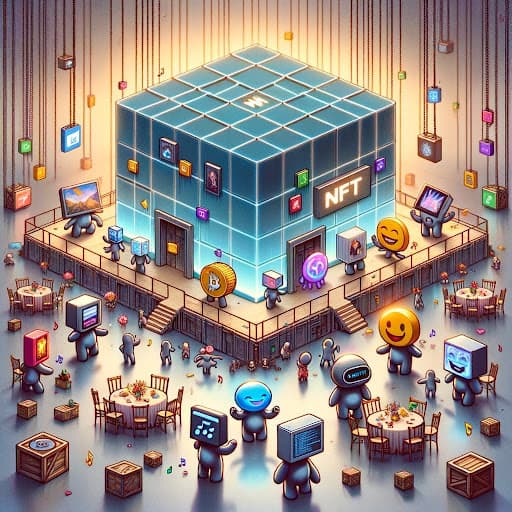
The Concept of Fungibility and Non-Fungibility
Fungibility is the property of goods where each unit is interchangeable with another. A good is said to be fungible when every unit carries the same value as all other units. On the blockchain, we have fungible tokens, for example Bitcoin. This means you can trade one Bitcoin for another and you will still have the same thing.
On the other hand, non-fungibility means that something is unique and cannot be replaced by another. Non-fungible tokens (NFTs) hold this concept on the blockchain where they represent unique assets that cannot be exchanged on a one-to-one basis with another unit of the same type.
Each NFT is distinct, often linked to a specific digital or real-world asset, and carries unique information or attributes that attract its value.
To ensure proper implementation of the 'non-fungibility' aspect of digital assets on the blockchain, certain measures have become a necessity, and this is what has brought about the concept of NFT standards...
NFT Standards
In the early days of NFTs, different marketplaces operated with their protocols, leading to compatibility issues and hindered interaction. NFT standards have emerged as the solution, acting as the unifying language of the NFT ecosystem.
This has led to interoperability among different blockchains, prevented a market division, and simplifying the user experience for creators and collectors alike.
NFT standards refer to a set of rules that govern the structure, transfer, and functionalities of NFTs on blockchain networks.
From this, several NFT standards have emerged across various blockchains such as:
NFT Standards on Ethereum
Ethereum uses ERC (Ethereum Request for Comments) as its token standard. It is a set of rules that guide developers when creating both fungible and non-fungible tokens on the network. It is also used by Bitfinity, as you can read extensively about here:
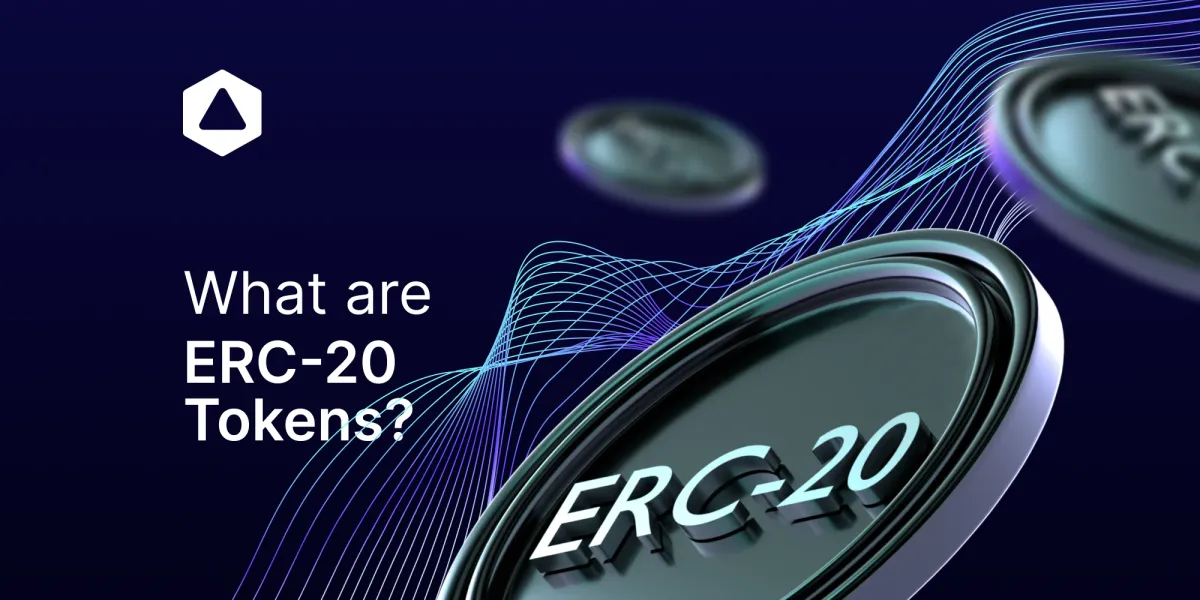
But the common standards for NFTs on the mainnet include:
ERC-721 🎨
This is the most widely used NFT standard, which enables the creation of non-fungible tokens each with its own unique ID that differentiates it from the rest.
It also provides functions like the transfer of tokens from one account to another, viewing the current token balance of an account, the owner of a specific token, and the total supply of the token available on the network.
ERC-1155🎨
Also called the 'multi-token standard' because it allows the creation of both fungible and non-fungible tokens within a single contract.
This flexibility allows developers to combine a wide range of assets, from collectibles to in-game items, with reduced gas fees. Additionally, it works well with other Ethereum protocols and can connect with decentralized exchanges, wallets, and other tools, making it ideal for activities like airdrops.
ERC-404🎨
The ERC-404 is an experimental token standard on Ethereum that combines the functionalities of ERC-20 (fungible) and ERC-721 (non-fungible) tokens to create 'semi-fungible tokens'.
These semi-fungible tokens facilitate the creation of fractionalized NFTs that can be traded freely in real-time markets. With this, exciting possibilities like fractional ownership of valuable digital assets, increased liquidity for NFTs, and DeFi applications have been opened up for users.
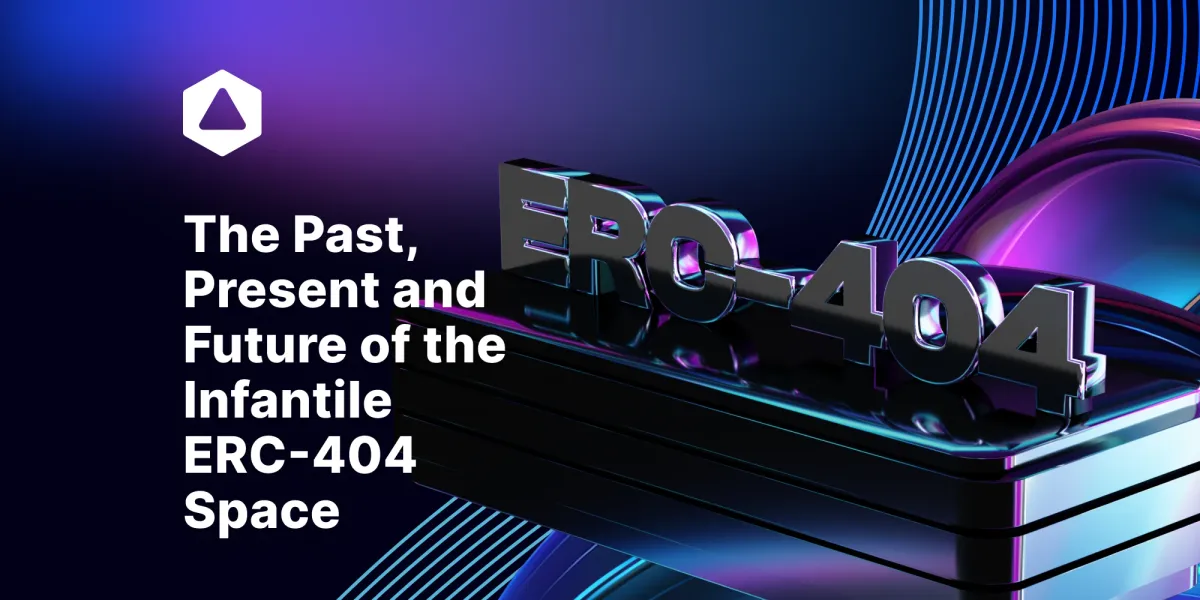
It is important to note that this standard is experimental and unaudited, but various projects like Pandora and DeFrogs, have conducted testing to ensure its execution is as accurate as possible.
It's finally here. Today we're releasing the beta version of the ERC-404 Launchpad.
— Pandora (@Pandora_ERC404) June 6, 2024
Now anyone can launch a 404 collection with ease.
5% of the supply of every token launched will be airdropped to $PANDORA holders.
Check it out: https://t.co/8znvz5HacX
404 season 🔜 pic.twitter.com/IdrPPlaWJA
NFT Standards on Solana
Since the explosion in popularity of NFTs during the 2021 crypto bull market, the Solana network has also come out of the woodwork as one of the leading alternatives to Ethereum for NFT offerings.
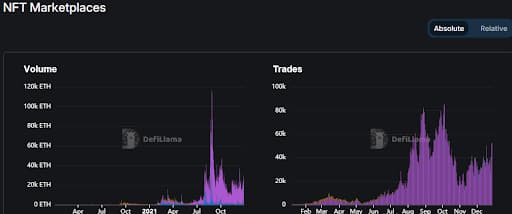
Similar to Ethereum, they also developed their own NFT standards. Let's take a look:
Metaplex Core 🎨
This Solana NFT standard developed on the Metaplex Protocol uses a single-account design, as compared to previous standards on the network which require many accounts to mint an NFT (e.g., token account, metadata account, and master edition accounts).
This allows for more efficient execution, lower minting costs, and increased compatibility. Additionally, it features a flexible plugin system that enables developers to modify the behavior and functionality of assets.
Programmatic NFTs (pNFTs) 🎨
Also introduced by Metaplex Protocol, pNFTs allow creators to define custom rules on specific operations of their NFTs.
For instance, this standard enables royalty enforcement, which allows creators to choose the marketplaces and protocols their NFTs can interact with through allow and deny lists. In other words, creators can create rules to prevent their NFT collection from engaging with zero-royalty marketplaces.
In addition to this, the standard helps ensure that no one can bypass the Token Metadata program on Solana. This is achieved when it keeps the underlying token accounts frozen at all times, denying anyone transfer, lock, or burn capabilities to their pNFTs until they go through the token metadata program.
Compressed NFTs (cNFTs) 🎨
cNFTs utilize a concept called State Compression to reduce the storage requirements in NFT minting. By doing so, it reduces the cost of on-chain storage of NFTs to enable creators to be as expressive with the technology as they wish.
The choice of blockchain and standard to choose from is guided by the NFT's intended features. From the above list, developers have an option to choose the one that suits them better. But that isn’t all, another key player is shaping the NFT landscape - the Internet Computer (ICP)...
Let's take a look as we take you through the NFT ecosystem on Internet Computer, the technology provider of our very own Bitfinity EVM, and let's take a look at the various standards it has implemented to achieve this.
NFTs on the Internet Computer
The approach to NFT by the Internet Computer is way beyond just 'overpriced links to JPGs'. It stores 100% of the NFT on the blockchain, including all assets, eliminating intermediaries or central entities.
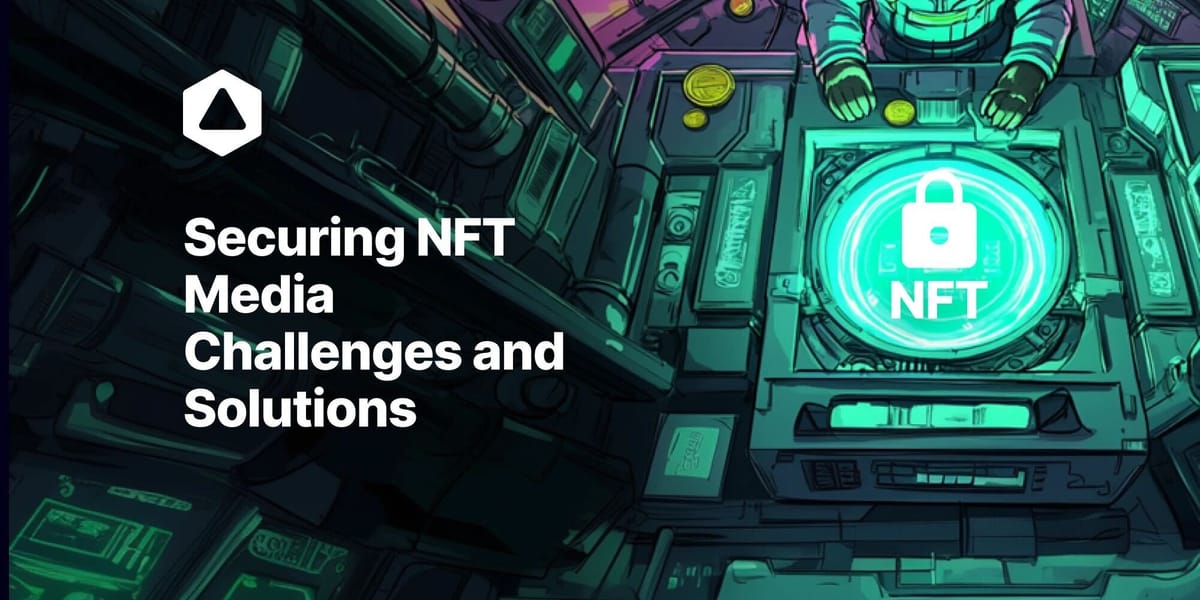
When it comes to almost all other blockchains, the actual asset, the image, music, or video, the NFT represents is stored off-chain because costs are excessively high. What they do is they typically store metadata and a link to where the full NFT content is hosted off-chain.
Still, that isn’t all when it comes to the superiority of ICP on NFT when compared to other blockchains.
Why Is the Internet Computer Considered Superior for NFTs?
When compared to other blockchains, ICP offers unparalleled efficiency in NFT in the following metrics:
Storage
The Internet Computer's canister smart contracts can store over 100 gigabytes (GB) of data, allowing every part of an NFT to be hosted on the blockchain. This gives collectors complete ownership and enables developers to transform digital objects, even entire websites or chat groups, into NFTs.
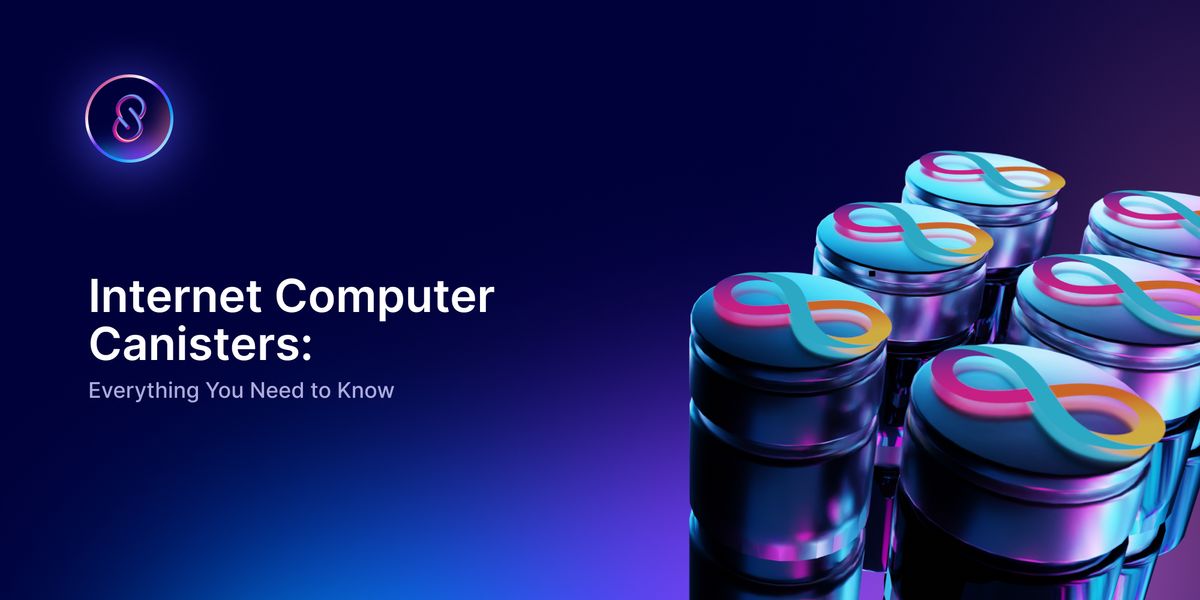
Cost
Storing NFT collections on the ICP is very cost-effective. For instance, to store a 1 GB NFT collection on ICP would cost approximately $5 per year. In contrast, the same storage costs on Solana and Ethereum are $110,000 and $79 million per year, respectively. This difference highlights its affordability in hosting NFTs.
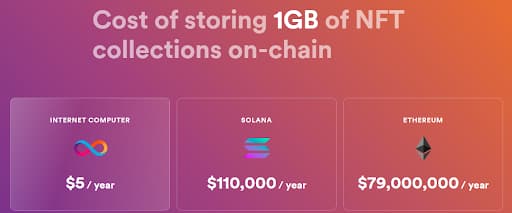
Additionally, it uses the reverse gas model, which means end users can mint and trade NFTs with 0 gas fees.
You can trade NFTs with ZERO gas fees on the #ICP ecosystem
— DFINITY (@dfinity) April 15, 2023
This is possible because of the innovative reverse gas model the #InternetComputer uses, where users don't have to pay gas fees
ICP has removed the entry barrier into Web3 pic.twitter.com/EoQqcrjQwQ
Enhanced Interoperability
The Internet Computer also stands out due to its Chain Key and Chain-Fusion Technologies which facilitate direct interoperability at the base layer with other major blockchains, think of Bitcoin and Ethereum to start with.
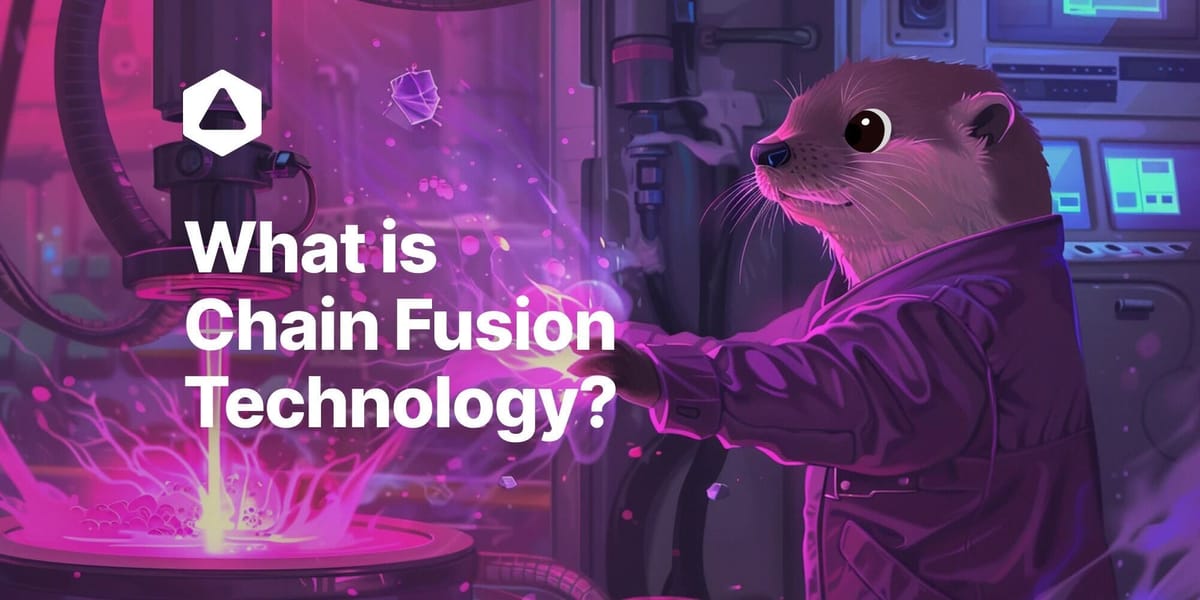
This capability allows it to read and write on other blockchains directly, positioning it as potentially the most interoperable among the major blockchain networks. For instance, through Chain-Fusion users can access lending markets using Ordinals (NFTs on Bitcoin) as collateral.
Support for Various NFTs
ICP holds different types of NFTs. For instance, it supports dynamic NFTs which are a new type of NFTs that are created to evolve based on both data stored on-chain or obtained through external APIs mostly provided by oracles.

On ICP, access to external information is done differently. Instead of relying on oracles, it uses HTTPS outcalls to allow NFTs to query Web2 APIs and change appearance or behave differently depending on the response.
An example of this NFT on ICP is the BTC Flowers that change the color of their paddles based on the last 24 hours of Bitcoin’s price action.
But that isn’t all, ICP can also turn transactions into generative NFT art. That might have caught you wondering how it is possible, well on ICP it is. The Genesis II NFT is a good example to understand this.
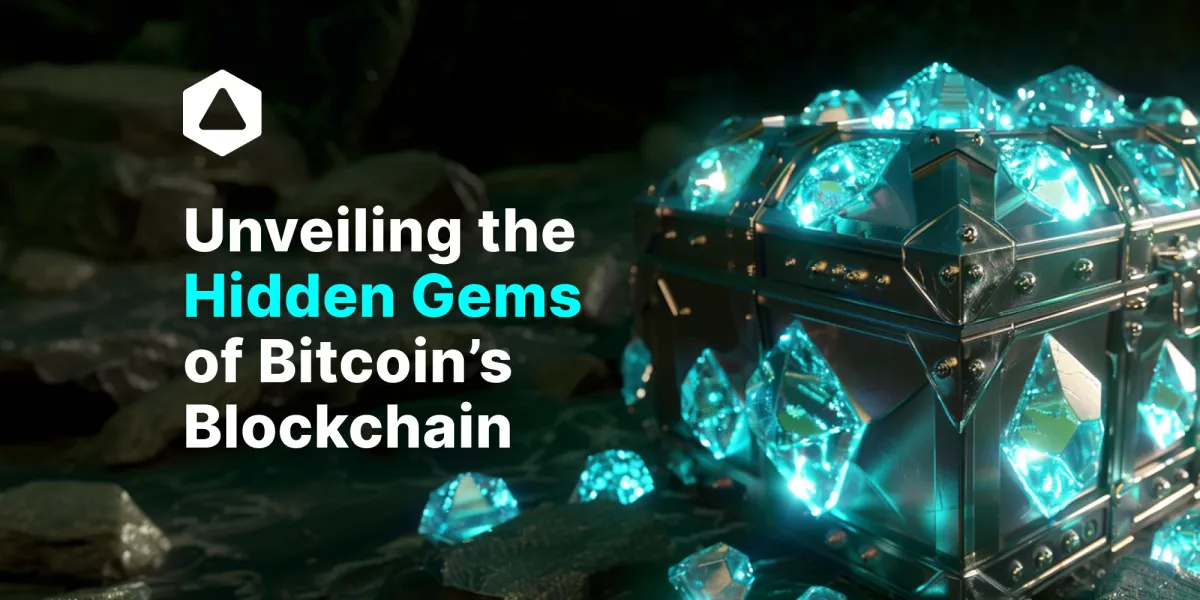
It uses HTTPS outcalls to fetch real-time data every 15 minutes and then uses an HTML canvas to dynamically animate ICP transaction flows into an NFT.
To achieve all these capabilities in NFT, ICP depends on standards that set the necessary guidelines for its functionalities....
NFT Standards on the Internet Computer
In the past, ICP used standard DIP-721 for NFTs which followed the Ethereum ERC-721 standard. But it has now been replaced by ICRC-7 and ICRC-37.
Thinking about tokenizing art or assets as #NFTs? 🖼️#ICP's NFT standards #ICRC7 and #ICRC37 can be used to create, deploy, and mint NFT collections on-chain in #canister #smartcontracts.
— DFINITY Developers ∞ (@DFINITYDev) August 30, 2024
Follow this tutorial to get started making your own collection 👇https://t.co/82j6brkMlS
'ICRC' stands for 'Internet Computer Request for Comments' and is the token standard created by the Internet Computer working group.
ICRC-7 🎨
ICRC-7, also known as the 'Minimal NFT Standard', establishes the foundational framework for NFTs on the Internet Computer. It focuses on the basic implementation of NFTs, such as defining the unique metadata information and management of the NFT collection, as well as its interaction on the blockchain.
ICRC-37 🎨
ICRC-37 is an extension of the ICRC-7 standard that adds approval-related operations, including creating approvals, revoking approvals, querying approval information, and making transfers based on approvals.
The Future of NFT Standards
Looking forward, NFT standards are just as token standards, all are not created equal.
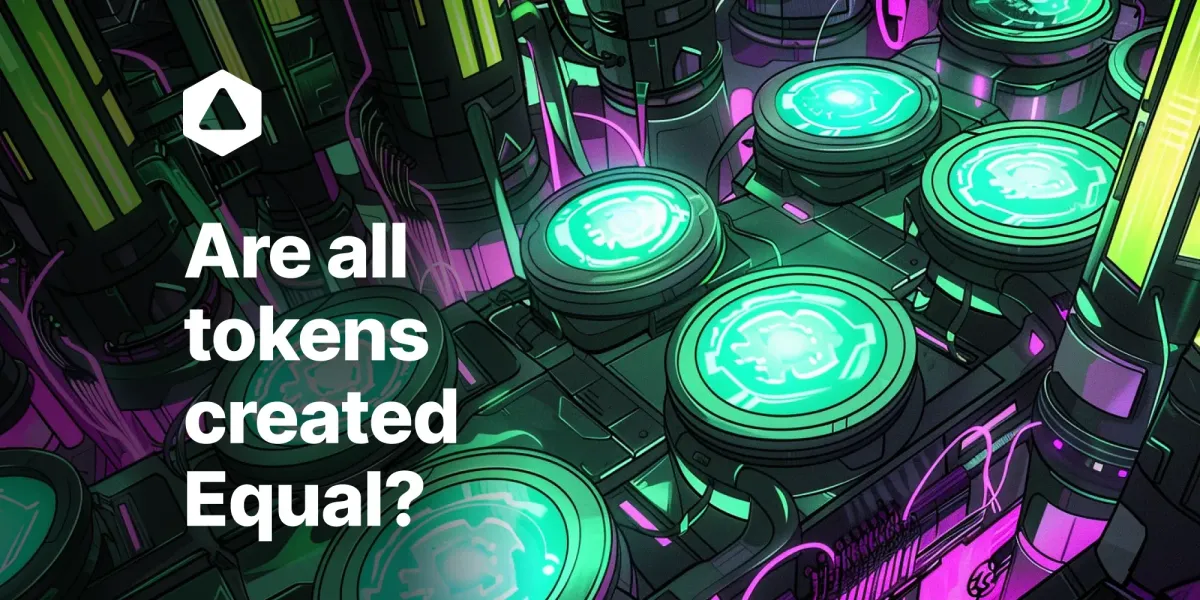
Some are on a high transformative evolution, fueled by advancements from many platforms. And in the near future, with the coming of Bitfinity, we are more than looking forward to seeing all these NFT standards that are ready to deploy on the mainnet using the Bitfinity EVM.
Also, ICP's capability to bridge various blockchains indicates a future where we could witness more interoperable standards that allow NFTs to transfer and be used across different blockchains. This is very much possible as it has been seen on blockchains such as Ethereum and Bitcoin through the proposed BRC-721E NFT standard.
Conclusion
NFT standards mean crucial frameworks for ensuring interoperability, simplifying user experiences, and unlocking creative and economic possibilities for digital art(ifacts). From Ethereum's ERC standards to Solana's Metaplex innovations and the Internet Computer's ICRC protocols, each blockchain ecosystem is developing their own unique approaches to NFTs.
But the Internet Computer stands out for its ability to store entire NFTs on-chain affordably, support dynamic NFTs, and enable cross-chain interoperability through technologies like Chain Fusion.
As we at Bitfinity bring EVM compatibility to Bitcoin, we're likely to see even more experimentation and convergence of NFT standards across blockchains. So looking ahead, the future of NFT standards promises new frontiers for creativity, ownership, and value exchange in the digital realm.

Connect with Bitfinity Network
Bitfinity Wallet | Bitfinity Network | Twitter | Telegram | Discord | Github

*Important Disclaimer: The information provided on this website is for general informational purposes only and should not be considered financial or investment advice. While we strive for accuracy, Bitfinity makes no representations or warranties regarding the completeness, accuracy, or reliability of the content and is not responsible for any errors or omissions, or for any outcomes resulting from the use of this information. The content may include opinions and forward-looking statements that involve risks and uncertainties, and any reliance on this information is at your own risk.
External links are provided for convenience, and we recommend verifying information before taking any action. Bitfinity is not liable for any direct or indirect losses or damages arising from the use of this information.




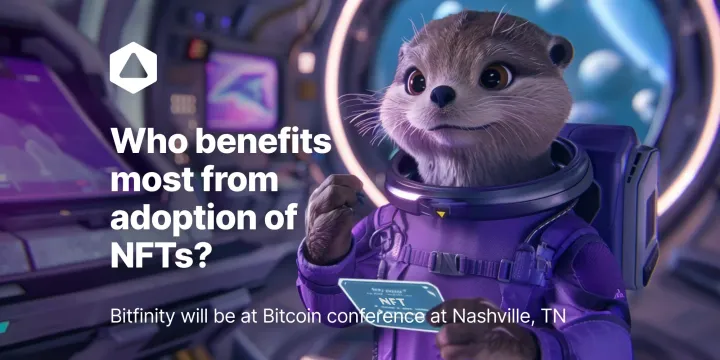


Comments ()